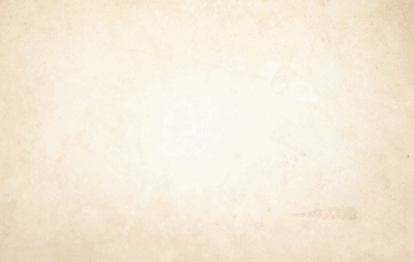Bihar Switch to Hindi
Bodh Gaya Temple Act, 1949
Why in News?
The Supreme Court of India recently refused to entertain a plea (under Article 32 of the Constitution) challenging the constitutionality of the Bodh Gaya Temple Act, 1949.
- The Act was challenged due to concerns over religious autonomy and representation in the management of the Mahabodhi Temple.
Key Points
- Bodh Gaya Temple Act, 1949:
- It regulates the administration of the Mahabodhi Temple and aims to ensure its proper management.
- After India's Independence, the Bodh Gaya Temple Act (1949) introduced shared management between Hindus and Buddhists.
- The Act deals with the temple's administration, which is vital for preserving and maintaining the sacred site, which includes the Bodhi tree, the Vajrasana, and several other sacred structures.
- Mahabodhi Temple:
- It was built by Emperor Ashoka in the 3rd century BCE.
- It is located in Bodh Gaya, Bihar, and is one of the most sacred places for Buddhists worldwide.
- It is believed to be the location where Lord Gautam Buddha attained enlightenment under the Bodhi tree.
- The temple remained an important Buddhist site through the Pala period and was visited by the Chinese traveler Hiuen Tsang in 629 AD.
- After the 13th-century invasion by Bakhtiyar Khilji, Buddhism in the region declined.
- The current temple, constructed during the 5th–6th century CE (Late Gupta period), is made entirely of brick.
- In 1590, a Hindu monk established the Bodh Gaya Math, transferring temple control to Hindus.
- Architectural Features:
- It includes a Shikhara, Vajrasana (Diamond Throne), Chaitya niches, amalaka, kalasha, sculpted balustrades, and Buddha images.
- Seven sacred sites within the temple complex commemorate Buddha's seven weeks of meditation post-enlightenment, including the Animeshlochan Chaitya, Lotus Pond, and Ajapala Nigrodh Tree.
- Mahabodhi Temple Complex:
- The Mahabodhi Temple complex is a UNESCO World Heritage site, consisting of a 50-meter high grand temple, the sacred Bodhi tree, the Vajrasana, and six other sacred sites related to Buddha’s enlightenment.
- A Lotus Pond located outside the temple is also considered sacred. These sites are surrounded by votive stupas and are well-maintained with multiple circular boundaries for protection.
Gautama Buddha
- Gautama Buddha, the founder of Buddhism, was born in 563 BC on Vaisakha Purnima day at Lumbini (now in Nepal), in the Sakya Kshatriya clan.
- His father, Suddhodhana, was the king of Kapilvastu, and his mother, Mahamaya, was a princess of the Kollia republic.
- After his mother's early death, he was raised by his stepmother and aunt, Mahaprajapati Gautami.
- Buddha married Yasodhara, a princess of the Shakya dynasty, and had a son, Rahul.
- At age 29, Gautama encountered four sights-an old man, a sick person, a dead body, and an ascetic-which led him to renounce his royal life and become a wandering ascetic.
- His first teacher, Alara Kalama, taught him meditation techniques. He later studied under Udraka Ramputra.
- At age 35, after meditating under the Pipal tree at Bodh Gaya (near the Niranjana River), he achieved Nirvana (enlightenment) after 49 days of meditation.
- Buddha delivered his first sermon at Sarnath (Deer Park) to five disciples, known as the Dharmachakra Pravartana (Turning of the Wheel of Law).
- Buddha passed away at age 80 in 483 BC at Kushinagar, a moment referred to as Mahaparinirvana (Final Nirvana).
- Key Figures:
- Kanthaka: Buddha's horse.
- Channa: His charioteer.
- Devadatta: His cousin.
- Sujata: The farmer's daughter who offered Buddha rice milk at Bodh Gaya.
- Other Names: Gautama (clan name), Siddhartha (childhood name), Shakyamuni (sage of the Shakya clan).


.png)








.png)


.jpg)



 PCS Parikshan
PCS Parikshan

